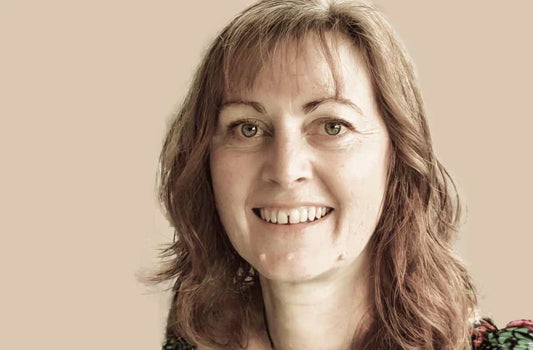What are the Symptoms of Skin Cancer?
Find out moreSkin cancer is the most common form of cancer in the UK; however, there is a 98% survival rate if skin cancer is caught early. How do you know if you have skin cancer? In this blog, we explore the signs and symptoms of skin cancer.
What you should look out for, what are the symptoms?
Different types of skin cancer present different skin cancer symptoms, but it is important to remember that, whatever the type of skin cancer, early detection is essential.
The most at risk from melanoma are those with fair skin, lots of moles and/or freckles or a family history of skin cancer. However, everyone is at risk, especially if you spend time in the sun and/or use or have used sunbeds.
A melanoma can grow anywhere on the body, so it’s important to check your entire body regularly (once per month) for any changes or abnormalities. Familiarity with your skin, including its appearance and texture, is crucial for early identification of skin cancer symptoms.
Non-melanoma skin cancer signs
Most people commonly think of abnormal moles, but non-melanoma skin cancer can take several forms. Signs to look out for include:
- A white, red or pink lump that doesn’t disappear after four weeks
- Discoloured patches on the skin that don’t heal after four weeks
- A scaly or crusty patch of skin that doesn’t heal after four weeks
- A sore or scab, or ulcer that bleeds, hurts or itches and hasn’t healed after four weeks
- An ulcer that doesn’t heal
You should consult your GP immediately if you have developed any of the signs listed above, as they may indicate a melanoma.
Melanoma symptoms and moles
You may have some moles or dark patches on your skin that are flat or slightly raised; usually, these will remain harmless all your life. Moles or patches of normal skin that change in size, shape or colour over weeks or months in adult life should be investigated.
There are some clear signs that a mole could be a melanoma. You should get medical advice if you have a mole showing any of the following melanoma symptoms:
- Changing shape, particularly getting an irregular outline;
- Changing colour, getting darker, becoming patchy or multi-shaded;
- An existing mole getting bigger or a new mole growing quickly;
- If a mole starts to itch or become painful;
- If a mole is bleeding, becoming crusty and/or looks inflamed.
REMEMBER the ABCDE Melanoma Rule
The ABCDE Melanoma Rule is a guide to help you look out for any moles on the skin that change in size, shape, colour, become itchy or start bleeding.
- A = Asymmetry: when half the mole doesn’t match the other.
- B = Border: when the borders of the mole are irregular, blurred or jagged.
- C = Colour: when the colour of the mole varies throughout and/or there appears to be no uniform pigmentation.
- D = Diameter: if the diameter is greater than 6mm (the size of a pencil’s eraser).
- E = Evolving: changes in the mole over a variable time, weeks, months, years.

There are some clear signs that a mole could be a melanoma. You should get medical advice if you have a mole showing any of the symptoms shown in the ABCDE rule.

Mr Per Hall
Clinical Advisor for Skin Cancer
Consultant Plastic Surgeon, Cambridge. Mr Per Hall has been a consultant plastic surgeon in Cambridge since 1995. He has been a pioneer in the early detection of skin cancer using computer imaging for over 20 years. Mr Hall and his team have had a major input in the development of SIAscopy, producing the most clinical papers on the subject. He continues to collaborate in studies aiming to help identify suspicious skin lesions at the earliest opportunity and continues to work with computer scientists on ways to improve diagnosis including the use of artificial intelligence. Mr Hall is also committed to the reconstructive surgical needs of children in developing countries and regularly trains surgeons in cleft lip and palate surgery in Ethiopia to facilitate this. Mr Hall oversees the SkinCheck service.
Find out moreKnowledge and support
Go to all articles
12 Ways to Reduce Your Cancer Risk
Research shows that more than 40% of cancer cases in the UK are linked to lifestyle and environmental factors...
Read more
Karen's Story
When 54-year-old Karen Smout received an email offering her a Check4Cancer screening service, it was just the nudge she needed...
Read more
What is HPV and What are the Symptoms?
Understanding HPV, how it spreads, its symptoms, and how to protect yourself is crucial for maintaining your health.
Read more